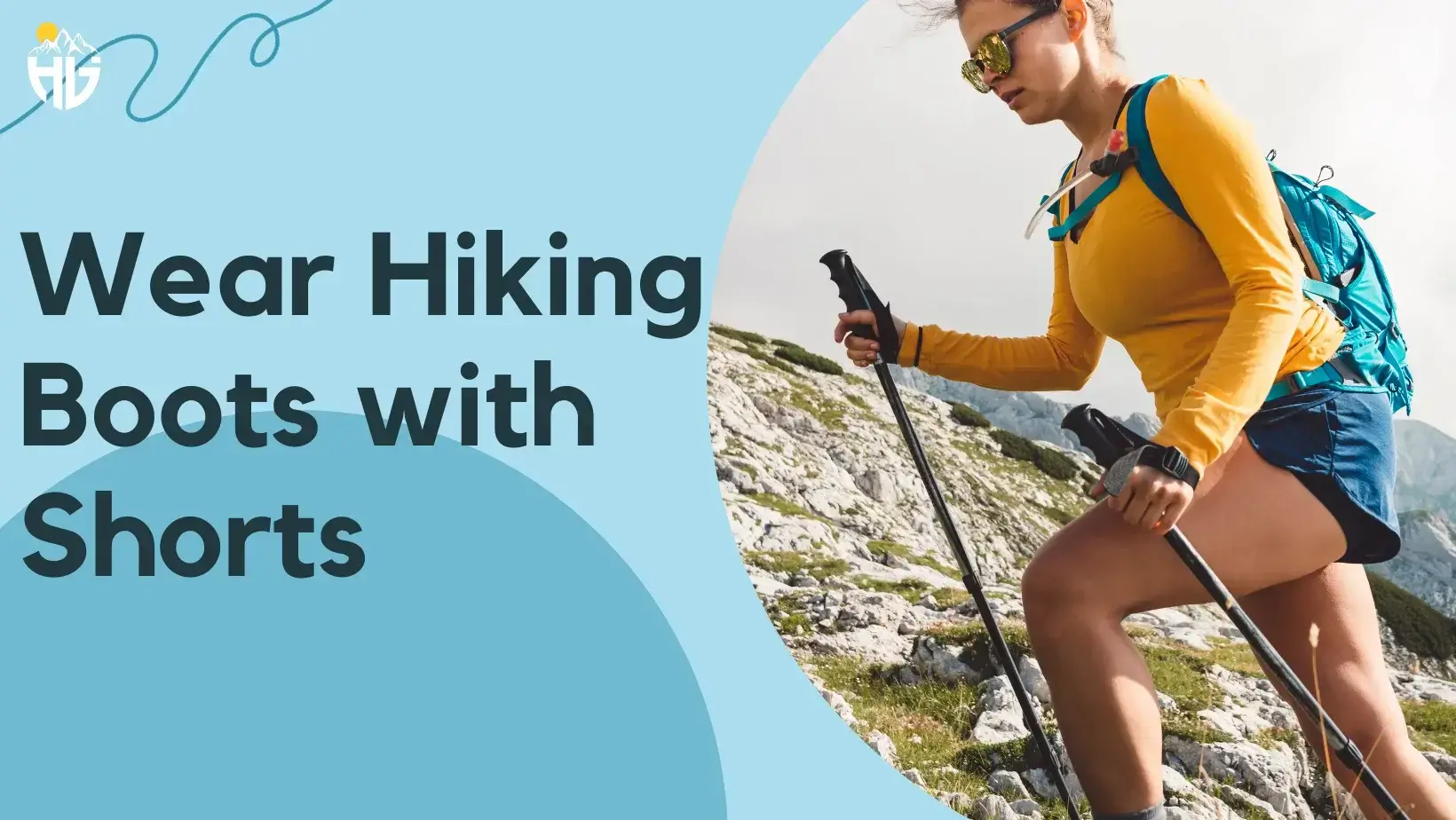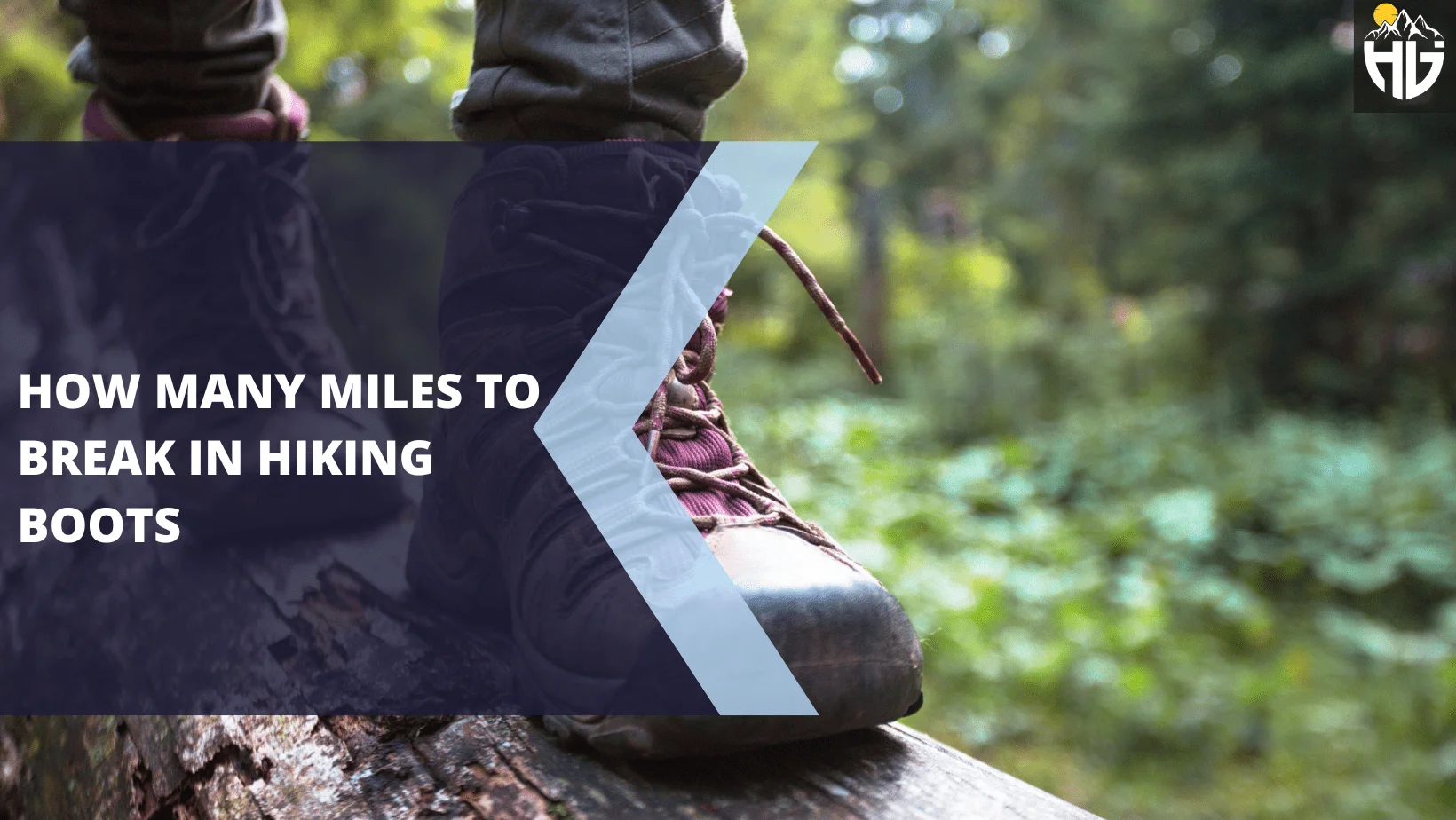How to stretch Hiking Boots
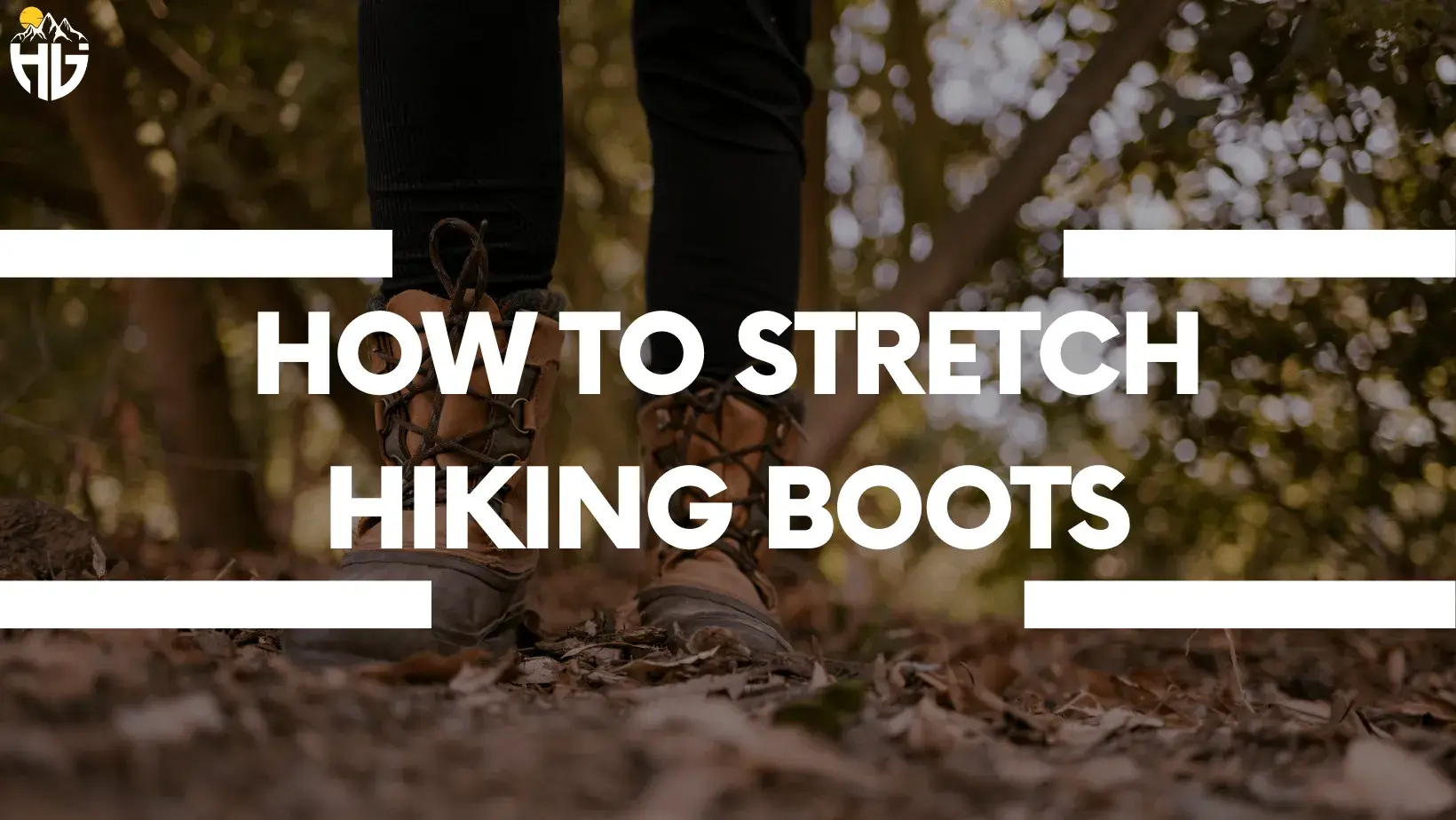
Whether you’re a seasoned hiker or just starting to explore the trails, the right pair of hiking boots can make all the difference in your outdoor adventures. However, we need to stretch new hiking boots, becasue they can sometimes feel uncomfortably snug, causing discomfort and potential blisters.
Don’t worry, though, because we’ve got you covered. Hiking boots are an essential gear for any outdoor enthusiast. However, even the best hiking boots may require some breaking in to achieve the optimal fit and comfort.
Different Methods for Stretching Hiking Boots
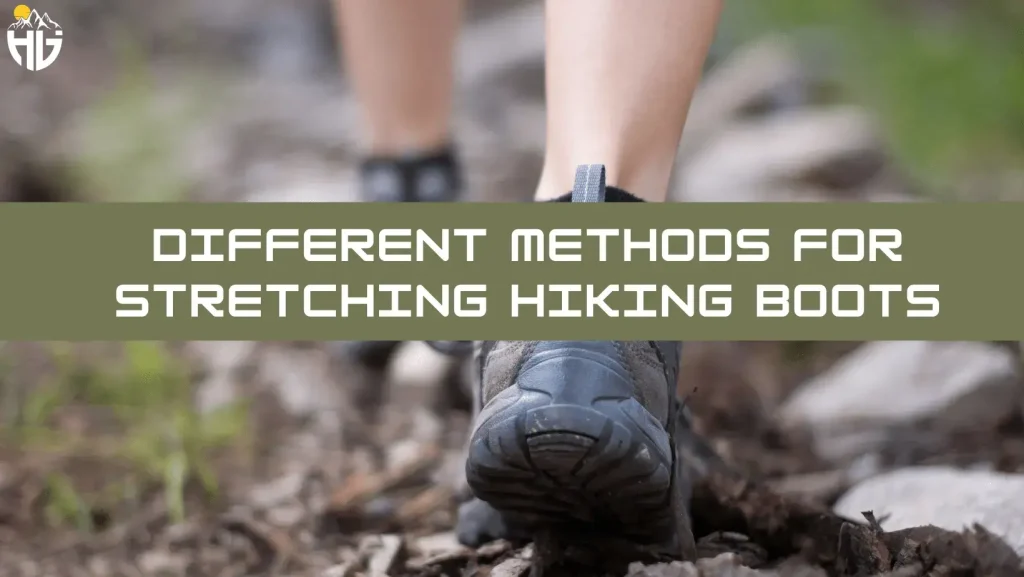
When you’re gearing up for a hiking expedition, having comfortable footwear is paramount. However, even the most well-designed hiking boots may require a bit of tweaking to achieve the perfect fit.
Fortunately, there are several tried-and-true methods for stretching hiking boots to accommodate your feet’s unique shape and size.
Also Read
Using a Boot Stretcher
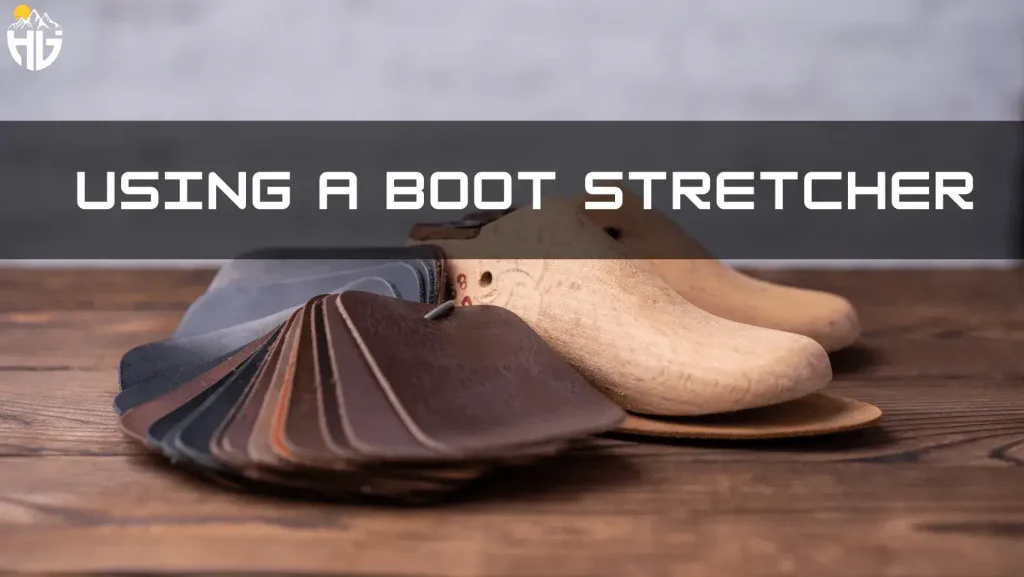
A boot stretcher is a versatile tool that can work wonders in expanding the width and length of your boots. This method is particularly effective for leather hiking boots. Here’s how you can use a boot stretcher:
Insert the Boot Stretcher: Gently insert the boot stretcher into your hiking boot. Make sure it’s properly positioned and not causing any unnecessary pressure.
Expand the Stretcher: Start turning the knobs on the boot stretcher. This action will gradually widen the boot’s width and length. Avoid overdoing it; stretching should be a gradual process.
Give it Time: Leave the boot stretcher in place for several hours or even overnight. This allows the material to adjust to the new shape without causing any damage.
Check and Repeat: After the recommended time has passed, check the fit of the boots. If they’re still not as comfortable as you’d like, you can repeat the process until you achieve the desired fit.
Wearing Thick Socks To Stretch Hiking Boots
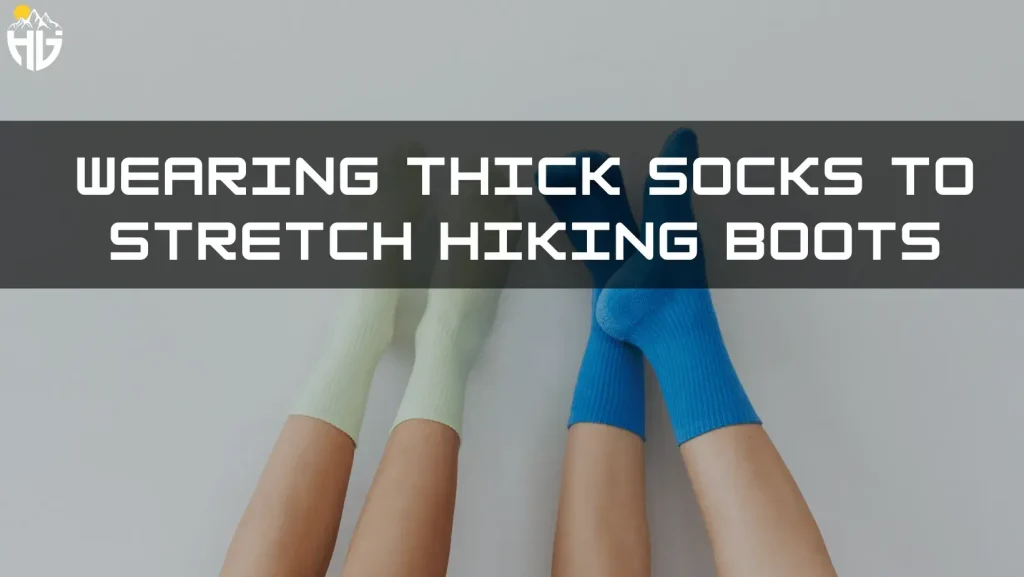
Sometimes, the simplest methods yield impressive results. This approach involves wearing thick hiking socks and letting your boots adjust naturally to your feet. Here’s how you can do it:
Don Thick Socks: Put on a pair of thick hiking socks. These will help create extra space inside the boots.
Lace Up Snugly: Lace up your hiking boots as you normally would, making sure they’re snug but not overly tight.
Walk Around: Now, it’s time to put those boots to work. Walk around your home for an hour or two. The combination of thick socks and movement will gently stretch the boots to fit your feet.
Freezing Water Method
This is an unconventional yet effective way to stretch hiking boots, especially those made of leather. Here’s how you can do it:
Bag the Water: Fill a plastic resealable bag with water. Make sure the bag is sealed tightly to prevent leaks.
Insert the Bag: Insert the water-filled bag into the part of the boot that feels tight. This could be the toe box or another area causing discomfort.
Freeze Overnight: Place the boots with the water-filled bags in the freezer. As the water freezes and expands, it will gently stretch the material of the boots.
Thaw and Test: The next day, remove the boots from the freezer and allow them to thaw. Take out the bags and try on the boots. You should notice a more accommodating fit.
Stretching Leather Hiking Boots vs. Synthetic Hiking Boots
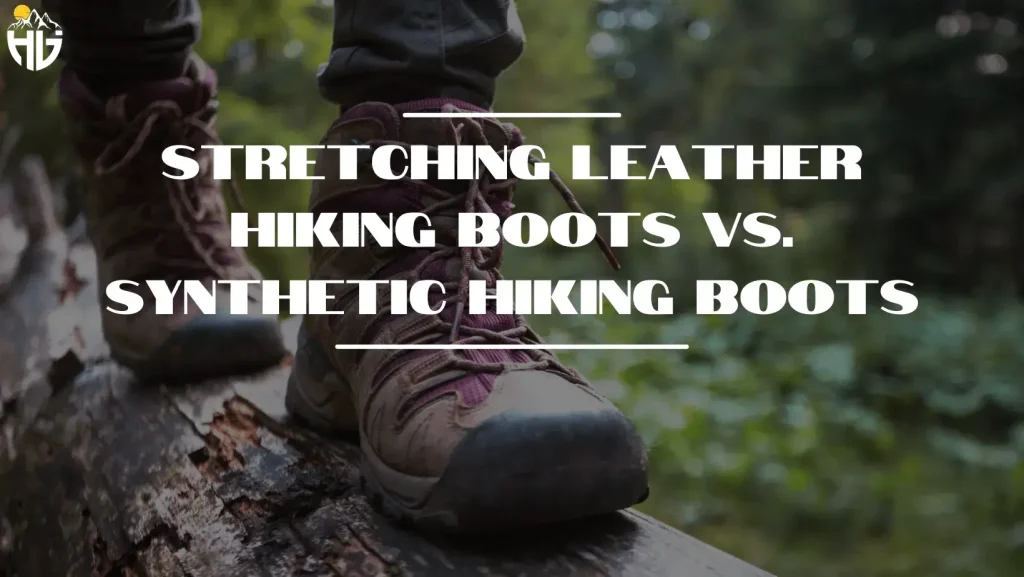
Leather hiking boots have long been a staple for outdoor enthusiasts, valued for their durability, comfort, and ability to mould to the wearer’s feet over time.
On the other hand, synthetic hiking boots offer their own set of advantages, including lightweight construction and water resistance.
Stretching Leather Hiking Boots
Leather is a natural material known for its flexibility and adaptability. Stretching leather hiking boots is a time-honoured practice that can yield impressive results. Here’s why stretching leather boots can be particularly effective:
Natural Conformity: Leather boots have a natural tendency to stretch and mould to the contours of your feet with wear. This makes them more receptive to stretching techniques such as using a boot stretcher or wearing thick socks.
Effective with Traditional Methods: Methods like the boot stretcher and thick sock technique are well-suited for leather boots. The natural elasticity of leather allows it to expand without compromising the boot’s integrity.
Quality Maintenance: Stretching leather hiking boots doesn’t compromise their quality or appearance. In fact, leather boots tend to retain their shape and durability even after stretching.
Stretching Synthetic Hiking Boots
Synthetic materials, such as nylon and polyester, are commonly used in hiking boots due to their lightweight nature and water-resistant properties. However, stretching synthetic hiking boots requires a more cautious approach:
Limited Stretching: It has less natural give compared to leather. While some stretching methods can be effective, the extent of stretching might be more limited.
Avoid Overstretching: Synthetic boots are more prone to damage if overstretching occurs. It’s important to use gentler stretching methods and monitor the process closely.
Consider Water Resistance: These hiking boots come with waterproof membranes. Be mindful that excessive stretching could compromise the waterproofing features of the boots.
Choosing the Right Method
For synthetic hiking boots, opt for milder methods like the sock technique or wearing the boots with thick socks to gently encourage them to adapt to your feet.
Avoid using excessive force, as synthetic materials are less flexible and more prone to damage.
Precautions for Both Materials
Whether you’re dealing with leather or synthetic boots, there are a few precautions to keep in mind:
Gradual Stretching: Regardless of the material, stretching should be a gradual process. Avoid rushing or forcing the boots to stretch quickly.
Quality of the Boots: The quality of the boots matters. High-quality boots are more likely to respond positively to stretching methods without compromising their integrity.
Regular Wear: Once your boots are stretched, regular wear and proper care can help maintain their shape and comfort.
Why Stretching Hiking Boots Matters
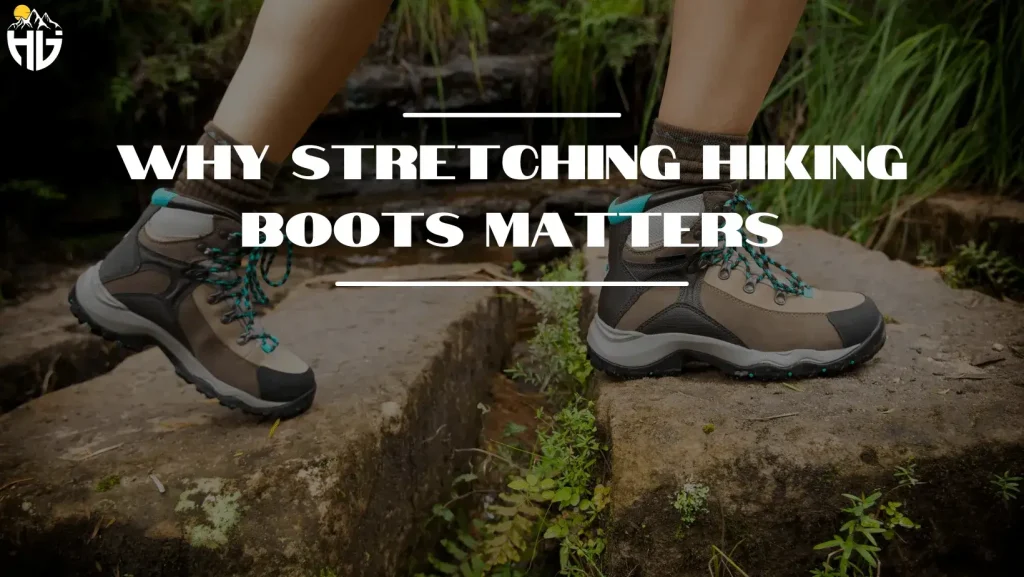
One of the crucial factors that often gets overlooked is the fit of your hiking boots. This is where the significance of stretching hiking boots comes into play.
Optimal Comfort
Imagine hiking through rugged surfaces, lush forests, and steep inclines with boots that pinch your toes and rub against your heels. Uncomfortable boots can quickly turn a promising hike into an agonising ordeal.
Stretching your hiking boots allows them to mould to the contours of your feet, providing a snug and comfortable fit. With every step you take, you’ll appreciate the absence of painful pressure points and blisters.
Preventing Blisters and Discomfort
Blisters are the bane of hikers. These tiny but mighty nuisances can quickly escalate into painful distractions, taking away from the joy of your outdoor experience.
Ill-fitting boots, especially those that are too tight, are a prime culprit for causing blisters. By stretching your hiking boots, you can ensure that they don’t exert unnecessary pressure on sensitive areas of your feet.
Enhanced Performance
A well-fitted boot allows your feet to move naturally and your toes to breathe. It enables you to tackle challenging terrains with confidence.
Whether you’re ascending steep trails or descending rocky paths, hiking boots stretch provide the support you need for a steady and efficient stride.
Longevity of Your Investment
They’re designed to withstand the elements and accompany you on countless adventures. However, if your boots don’t fit well, their durability may be compromised.
Tight boots can lead to premature wear and tear, reducing the lifespan of your cherished footwear. You’re not only enhancing your hiking experience but also prolonging the life of your valuable gear.
Adaptation to Your Feet’s Unique Shape
Each hiker has a unique foot shape and size, which is why finding the perfect fit can be a challenge. Stretching your hiking boots allows them to adapt to the specific contours of your feet.
Confidence Boost
When you have confidence in your gear, you can focus on the thrill of the journey rather than worrying about discomfort.
Well-stretched boots give you the confidence to take on new challenges, explore unfamiliar routes, and fully immerse yourself in the beauty of nature.
Precautions and Tips for Safe Boot Stretching
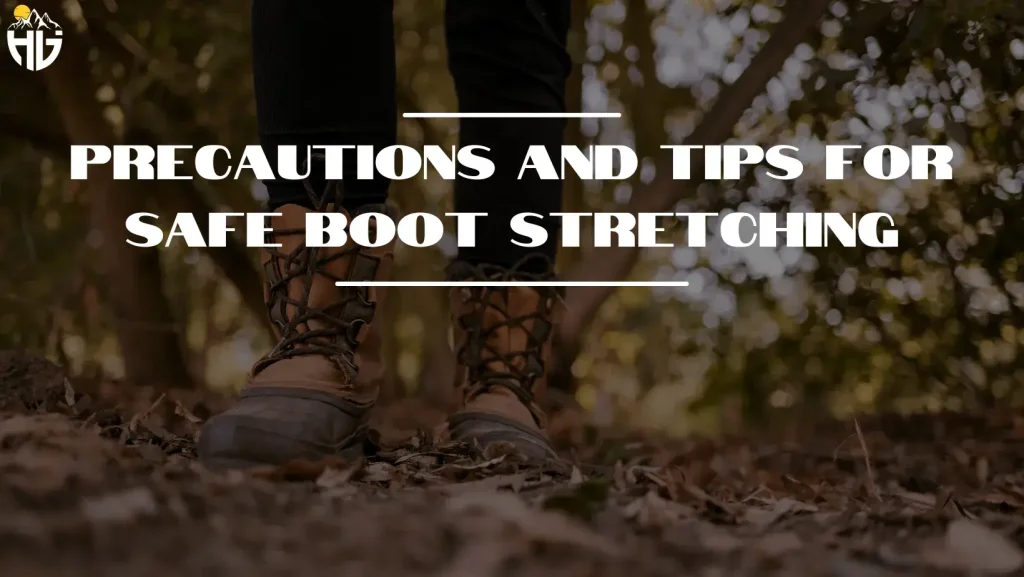

Stretching your hiking boots can significantly enhance your comfort on the trails, but it’s essential to approach the process with care and caution.
Patience is Key
Rome wasn’t built in a day, and neither should your stretched boots be. Stretching should be a gradual process to avoid straining the material. Allow your boots the time they need to adjust to their new shape.
Choose the Right Method
Different stretching methods are suitable for different boot materials. Leather responds well to various techniques, while synthetic materials require gentler approaches. Choose a method that aligns with your boot material for optimal results.
Don’t Force It
If you encounter resistance while stretching, do not force the process. Forcing the boots to stretch beyond their natural capacity can lead to irreversible damage. Listen to the material and your intuition – if it feels like you’re pushing too hard, you probably are.
Use Leather Conditioner
When stretching leather boots, consider using a leather conditioner after the stretching process. Leather conditioners help maintain the quality and texture of the material, preventing it from becoming brittle or dry.
Gradual Progression
When using a boot stretcher, turning the knobs in small increments is more effective than trying to achieve a significant stretch in one go. Gradual progression ensures that the material adjusts without becoming overstressed.
Monitor the Fit
Regularly check the fit of your boots during the stretching process. Trying them on periodically helps you gauge the progress and ensures you don’t overstretch them.
Test with Thick Socks
When wearing your boots with thick socks to stretch them, ensure that the socks you choose are appropriate for the type of hiking you’ll be doing. This will help you achieve the desired fit for your specific outdoor activities.
Avoid Excessive Heat
Avoid exposing your boots to excessive heat sources such as direct sunlight or heaters. Extreme heat can cause the material to warp, leading to an undesirable fit.
Respect Waterproofing
If your boots have waterproof membranes, be cautious when using stretching methods that involve moisture, as they could compromise the waterproofing features. Stick to methods that minimise the risk of damage to these membranes.
Know When to Stop
Once your boots have reached a comfortable fit, stop the stretching process. Continuing to stretch them beyond what’s necessary can lead to an overly loose fit that lacks support.
Regular Maintenance
After successfully stretching your boots, maintain their shape and fit by wearing them regularly. Regular use helps solidify the new shape and ensures that your boots remain comfortable on the trails.
Seek Professional Help
If you’re uncertain about stretching methods or are dealing with delicate materials, consider seeking professional assistance from a cobbler or a footwear specialist. They can offer expert advice and assistance.
Conclusion
The art to stretch hiking boots goes beyond mere comfort. It’s about creating a customised experience that allows you to fully immerse yourself in the beauty of nature.
From the rugged trails to the serene landscapes, your boots should be your trusted companions, supporting your every step.
FAQs
Why should I stretch my hiking boots?
Stretching your hiking boots ensures a comfortable fit, minimises discomfort, and helps prevent blisters during your outdoor adventures.
Can I use home remedies like wearing wet socks to stretch my boots?
While some people use wet socks or other DIY methods, it’s best to stick to tried-and-true techniques like using a boot stretcher or wearing thick socks.
How do I know if my boots need stretching?
If your boots feel too tight, cause discomfort, or result in blisters, they might need stretching for a better fit.
Are all stretching methods suitable for both leather and synthetic boots?
No, different materials require different stretching approaches. Leather is more pliable, while synthetic materials need gentler methods.
Can I stretch boots that have a waterproof membrane?
Yes, but be cautious with methods involving moisture, as they might compromise the waterproofing. Stick to methods that minimise water contact.
How many times can I stretch my boots?
Stretching methods can be used a few times, but overstretching can weaken the material. Use stretching techniques judiciously.
Will stretching damage the aesthetics of my boots?
When done correctly, stretching should not significantly alter the appearance of your boots. Use a leather conditioner after stretching to maintain quality.
Can I stretch specific parts of the boots, like the toe box?
Yes, methods like using a boot stretcher or wearing thick socks can target specific areas that feel tight, such as the toe box.
Can I use a hairdryer to speed up stretching?
Using a hairdryer is not recommended, as excessive heat can damage the boots’ material. Gentle stretching methods are safer.
Can I stretch boots that are too loose?
It’s not recommended to stretch already loose boots. If your boots are too loose, consider using insoles or thicker socks for a better fit.
Will stretching my boots make them less durable?
Proper stretching techniques shouldn’t significantly affect the boots’ durability. Quality boots should withstand reasonable stretching.
How long does it take to see results from stretching?
The time needed for stretching varies, but you might start feeling a more comfortable fit within a few hours to overnight.
Can I stretch boots for specific foot conditions, like bunions?
Stretching can help alleviate discomfort from certain foot conditions, but consult a medical professional for personalised advice.
Can I stretch boots that have zippers or buckles?
Yes, you can use stretching techniques on boots with zippers or buckles. Just ensure the stretching method doesn’t damage these components.
What if I’m not satisfied with the results of stretching?
If you’re not satisfied with the fit after stretching, consider seeking professional advice from a cobbler or footwear specialist.


